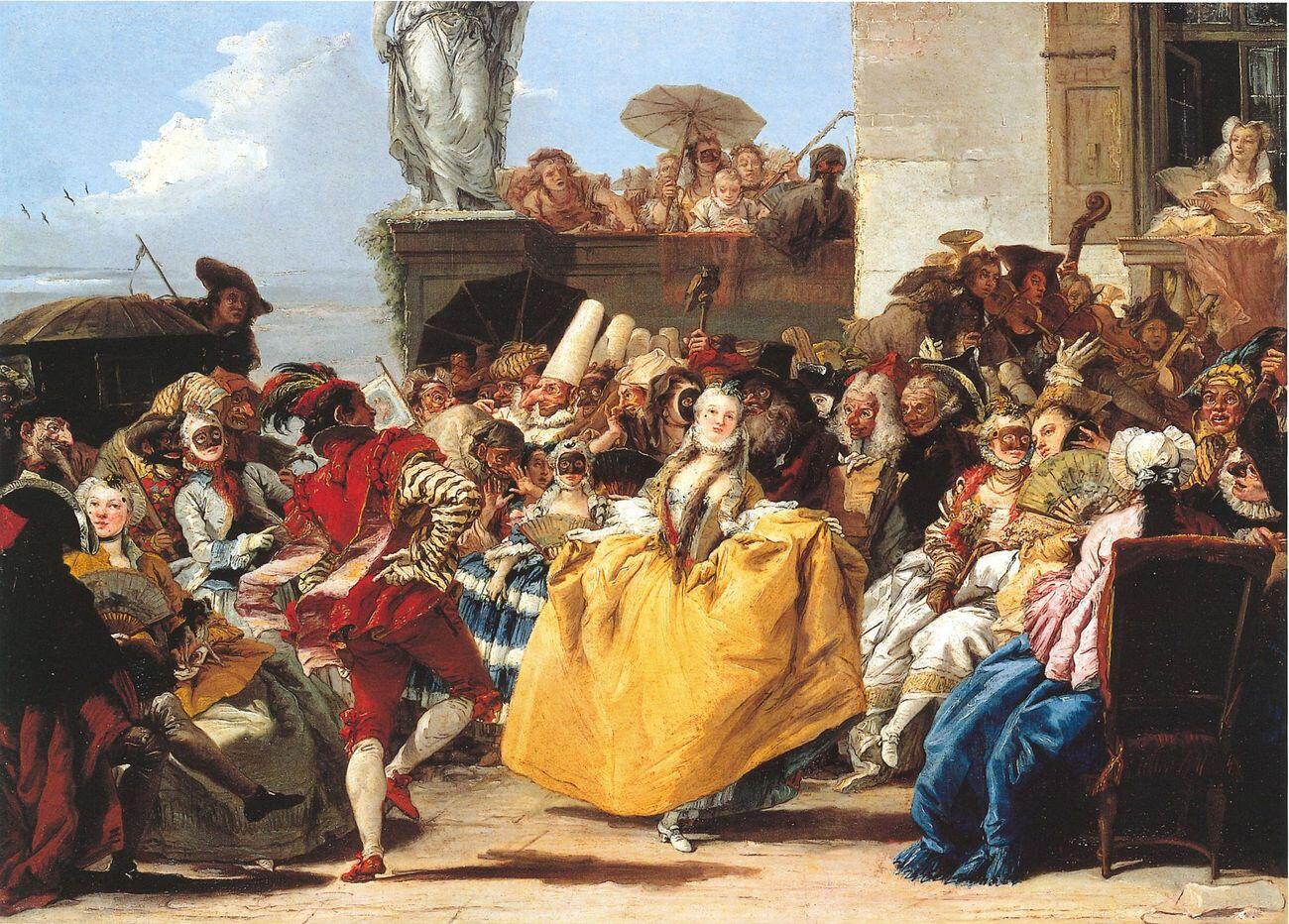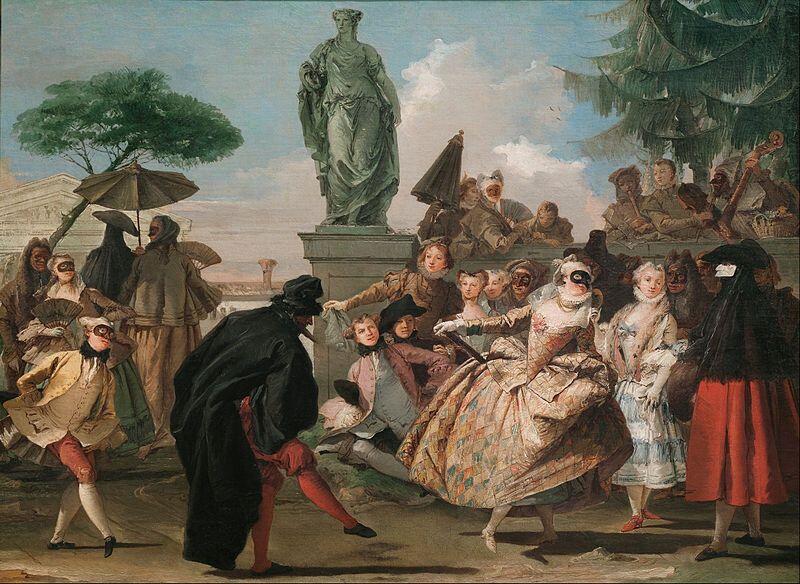Event JSON
{
"id": "d5acf96b425da26b287492a1c3cfd64fd6482dbb9b6f9ae248d8a984c9975a1f",
"pubkey": "b1f94c43bcfa4ef78bf24f9792169fd66aa644ff37e588734f1b42df2f319048",
"created_at": 1740935666,
"kind": 1,
"tags": [
[
"t",
"God"
],
[
"t",
"god"
],
[
"t",
"Deus"
],
[
"t",
"deus"
],
[
"t",
"Isten"
],
[
"t",
"isten"
],
[
"t",
"Gott"
],
[
"t",
"gott"
],
[
"t",
"Jesus"
],
[
"t",
"jesus"
],
[
"t",
"Católico"
],
[
"t",
"católico"
],
[
"t",
"Catholic"
],
[
"t",
"catholic"
],
[
"t",
"Katholik"
],
[
"t",
"katholik"
],
[
"t",
"katholisch"
],
[
"t",
"Katolikus"
],
[
"t",
"katolikus"
],
[
"t",
"catholique"
],
[
"t",
"Faith"
],
[
"t",
"faith"
],
[
"t",
"Fé"
],
[
"t",
"fé"
],
[
"t",
"foi"
],
[
"t",
"信仰"
],
[
"t",
"Latin"
],
[
"t",
"latin"
],
[
"t",
"Latim"
],
[
"t",
"latim"
],
[
"t",
"Gospel"
],
[
"t",
"gospel"
],
[
"t",
"Evangelho"
],
[
"t",
"evangelho"
],
[
"t",
"Evangélium"
],
[
"t",
"evangélium"
],
[
"t",
"évangile"
],
[
"t",
"Dieu"
],
[
"t",
"dieu"
],
[
"t",
"福音"
],
[
"t",
"日本"
],
[
"t",
"カトリック"
],
[
"t",
"Bible"
],
[
"t",
"bible"
],
[
"t",
"Biblestr"
],
[
"t",
"biblestr"
],
[
"t",
"Nostr"
],
[
"t",
"nostr"
],
[
"t",
"Grownostr"
],
[
"t",
"grownostr"
],
[
"r",
"https://image.nostr.build/ee81b057c5da146fa8c30262e0af138859461aff36bf8c402a149e2dc33f9fd5.jpg"
],
[
"r",
"https://image.nostr.build/da8ad53cec58179afbb68997ee42b2bc92704c27eec8d28ef89721c715555e6c.jpg"
]
],
"content": "The origins of Carnival are intrinsically linked to Catholic religious celebrations, particularly Lent and Easter. Historically, Carnival was seen as a time of festivity and indulgence that preceded the 40 days of fasting and penance of Lent, a period of spiritual preparation for Easter, the celebration of the resurrection of Jesus Christ.\n\nThe term \"Carnival\" derives from the Latin \"carnavale,\" which means \"goodbye to meat,\" reflecting the practice of abstaining from food and earthly pleasures during Lent. Thus, Carnival became an occasion for the release of festive and extravagant behaviors, where people could indulge in feasting, dancing, and other forms of celebration before the period of restraint that would follow.\nhttps://image.nostr.build/ee81b057c5da146fa8c30262e0af138859461aff36bf8c402a149e2dc33f9fd5.jpg\nThe carnival scene, Giandomenico Tiepolo (cerca de 1754-1755)\n\nHowever, over the centuries, the nature of the festivity began to be influenced by popular and secular practices, leading to the incorporation of immoralities and excesses that distorted its original meaning. Pernicious themes, such as promiscuity, drunkenness, and violence, began to be associated with Carnival, in contrast to its initial intention of celebration in the light of faith and religious preparation.\nTherefore, while Carnival has its roots in Catholic traditions and the preparation for Lent and Easter, the festivity has gradually diverged from its spiritual precepts, generating a debate about the duality between celebrating life and the consequences of behaviors that contradict the values of the Christian faith. This cultural and social transformation has become a point of reflection on the true essence of Carnival and its implications for society.\n\nhttps://image.nostr.build/da8ad53cec58179afbb68997ee42b2bc92704c27eec8d28ef89721c715555e6c.jpg\nGiovanni Domenico Tiepolo - The Minuet - 1756\n\n#God #Deus #Isten #Gott #Jesus #Católico #Catholic #Katholik #katholisch #Katolikus #catholique #Faith #Fé #foi #信仰 #Latin #Latim #Gospel #Evangelho #Evangélium #évangile #Dieu #福音 #日本 #カトリック #Bible #Biblestr #Nostr #Grownostr",
"sig": "d0e84f7c010c2f4c890d983cb5008dbeb5cebc1ac415997cbfdc60c8ff6ab35132bc95f2ff69738c9b3ad1b0e6325a482094f15c321f8d7c87d623bb89720224"
}


